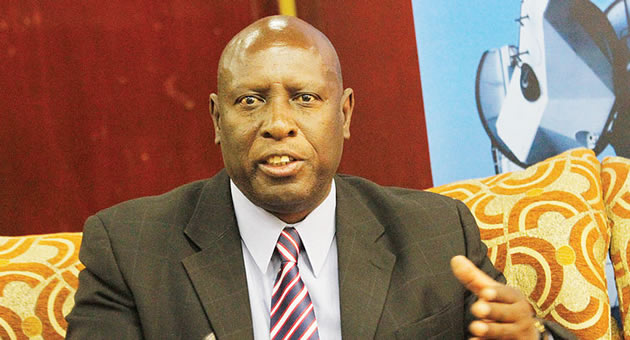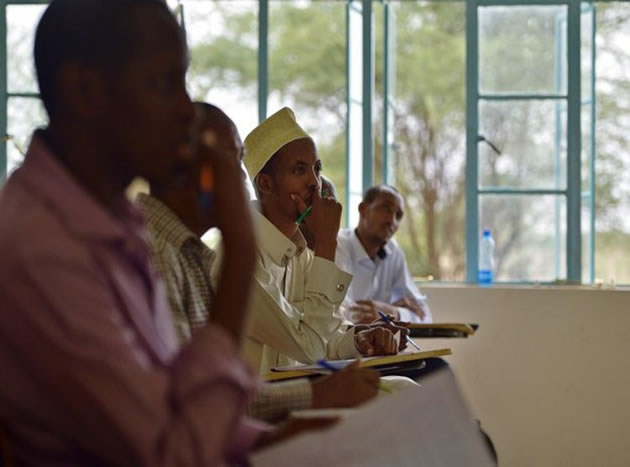Power projects on course: Undenge

Conrad Mwanawashe Business Reporter
Zimbabwe is on course to deliver an additional 720 megawatts during the next two years as the country intensifies efforts to increase power supply, Energy and Power Development Minister Dr Samuel Undenge said yesterday.
The 720MW is over and above the additional 300MW Kariba South Extension and the 600MW Hwange 7 and 8 will add to the grid.
“We have other ongoing projects such as Kariba South Extension which will bring in 300MW. We expect those units to come on stream in 2018. But again there is the issue of water levels at Kariba Dam.
“Hwange 7 and 8, we are now at financial closure stage. It will bring 600MW but it’s a medium to long term project as it will take four years to complete,” said Dr Undenge.
A combination of initiatives including re-powering small thermal stations, introduction of diesel generators and solar generation is expected to add 720MW in the next two years.
Work to re-power small thermal power stations, which are expected to add more than 220MW, is expected to start soon while a further 200MW is expected from the diesel generators in the next two months.
“We have re-powering projects which are ongoing at the three thermal stations. The Bulawayo station was built in 1947 so the machinery is very old. It needs new components and once that is done we will have an additional 70MW from Bulawayo Thermal Power Station,” Dr Undenge said.
“We have Munyati Thermal Power Station which is due for repowering. Once it is repowered it will bring in another 60MW. We have another Bulawayo station which had been closed down and will bring in 90MW.
“The repowering of the three small thermals would add 220MW in two to three years,” he said.
“At least for the Bulawayo Thermal station there is some progress because Zimbabwe secured $87 million from India so the tendering process is being done in India for Indian companies.”
For Harare, the tender was won by a company called Jaguar Overseas who are now working on the financial side to kick start the project.
A company called Helcraw Electricals won the tender for Mutare Peaking plant to produce 120MW.
“We also have the three solar projects in Gwanda, Munyati and Insukamini which have been awarded and will produce a combined 300MW. These will come on stream two years from now.
“So we have to fill the power generation gap through importing power from neighbouring countries and through the introduction of diesel generators for 200MW at Dema substation,” said Dr Undenge.
Low water levels at Lake Kariba have resulted in output at Kariba Hydro Power Station dropping from 730MW to an average of 285MW while recurrent breakdowns at Hwange Thermal Station have seen the plant operating at below half of its capacity.
As of last week, Kariba was generating about 470 MW from about 705MW in August last year after Zambezi River Authority, which manages the lake on behalf Zimbabwe and Zambia introduced water rationing to maintain acceptable minimum water level.
But the late onset of the rains has forced the authority to further reduce water supplies to the power plant.
Zambia, which also draws water from Kariba, is equally affected.
“That drop in water levels at Kariba is an issue to do with nature because the rain season has not been very good especially at the main catchment area of the Zambezi river,” Minister Undenge said.
“We were hit by a drought in Zimbabwe and in the catchment area as well.
“Experts say that it will take three to five years for the dam to get back to normal,” he said.
Minister Undenge said Zimbabwe had adopted a strategy of high maintenance at Hwange to keep the power station at high output to compensate for the low production at Kariba.
Zimbabwe requires 2 200MW but is currently generating far less than that.









Comments